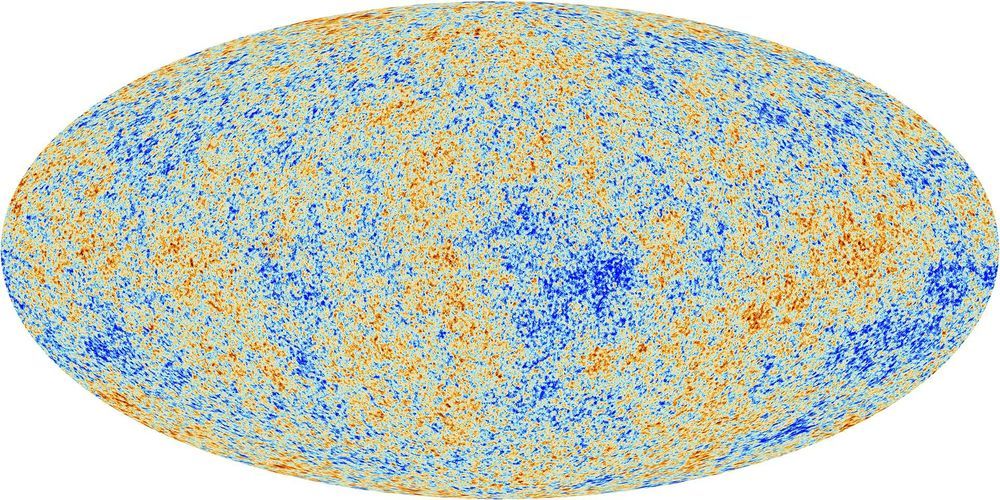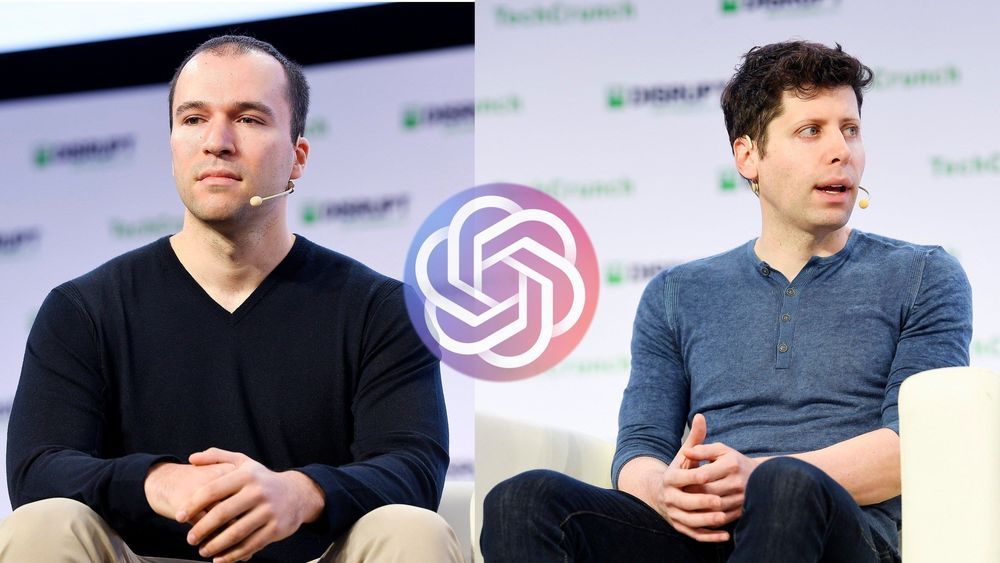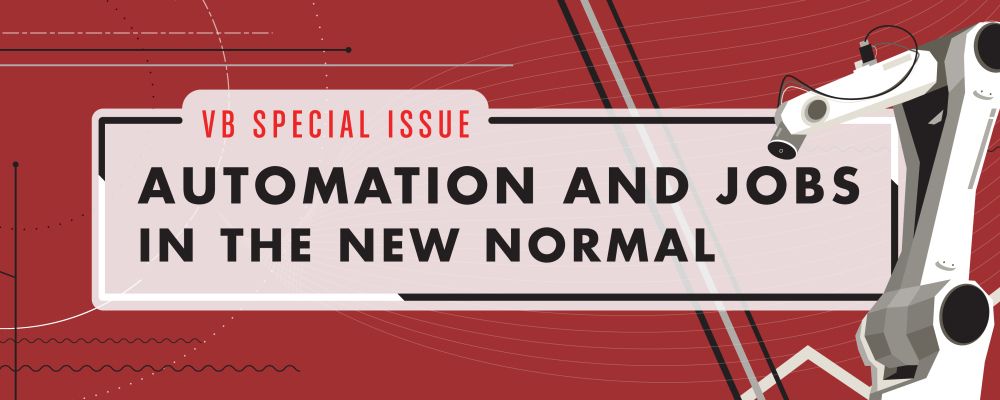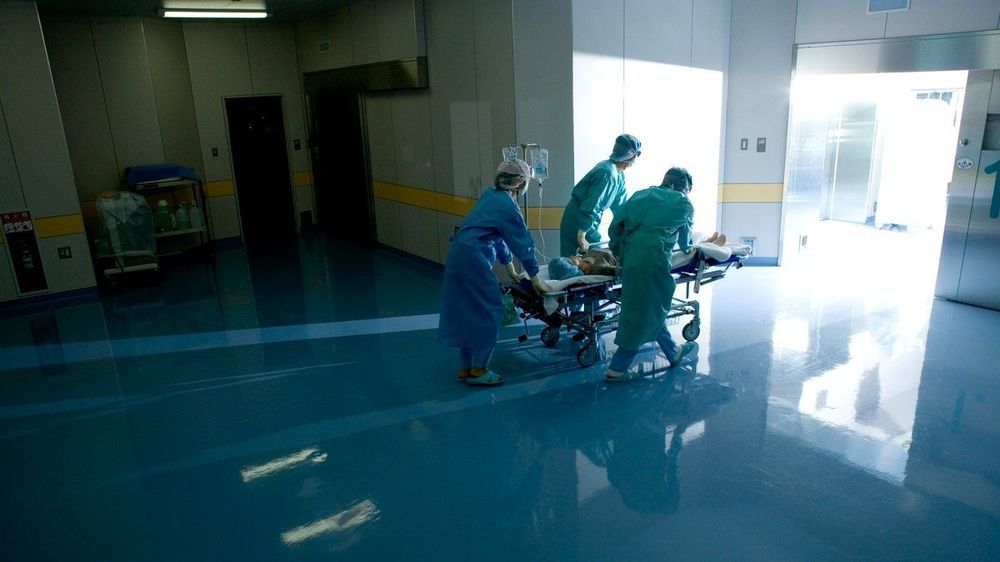Lift-off from the site in the US state of Florida is scheduled for 1431GMT.
Source: SpaceX/AP
Comments shown at the moment when they appeared in the video.
Lift-off from the site in the US state of Florida is scheduled for 1431GMT.
Source: SpaceX/AP
Comments shown at the moment when they appeared in the video.

A theory of quantum gravity that describes the universe as beginning in a “Big Bounce” r
If you do not yet have an account, please register so you can.

A program that can automate website development. A bot that writes letters on behalf of nature. An AI-written blog that trended on Hacker News. Those are just some of the recent stories written about GPT-3, the latest contraption of artificial intelligence research lab OpenAI. GPT-3 is the largest language model ever made, and it has triggered many discussions over how AI will soon transform many industries.
But what has been less discussed is how GPT-3 has transformed OpenAI itself. In the process of creating the most successful natural language processing system ever created, OpenAI has gradually morphed from a nonprofit AI lab to a company that sells AI services.
The lab is in a precarious position, torn between conflicting goals: developing profitable AI services and pursuing human-level AI for the benefit of all. And hanging in the balance is the very mission for which OpenAI was founded.

Ogba Educational Clinic
Long before coronavirus appeared and shattered our pre-existing “normal,” the future of work was a widely discussed and debated topic. We’ve watched automation slowly but surely expand its capabilities and take over more jobs, and we’ve wondered what artificial intelligence will eventually be capable of.
The pandemic swiftly turned the working world on its head, putting millions of people out of a job and forcing millions more to work remotely. But essential questions remain largely unchanged: we still want to make sure we’re not replaced, we want to add value, and we want an equitable society where different types of work are valued fairly.
To address these issues—as well as how the pandemic has impacted them—this week Singularity University held a digital summit on the future of work. Forty-three speakers from multiple backgrounds, countries, and sectors of the economy shared their expertise on everything from work in developing markets to why we shouldn’t want to go back to the old normal.

Aside from staying alive and healthy, the biggest concern most people have during the pandemic is the future of their jobs. Unemployment in the U.S. has skyrocketed, from 5.8 million in February 2020 to 16.3 million in July 2020, according to the U.S. Bureau of Labor Statistics. But it’s not only the lost jobs that are reshaping work in the wake of COVID-19; the nature of many of the remaining jobs has changed, as remote work becomes the norm. And in the midst of it all, automation has become potentially a threat to some workers and a salvation to others. In this issue, we examine this tension and explore the good, bad, and unknown of how automation could affect jobs in the immediate and near future.
Prevailing wisdom says that the wave of new AI-powered automation will follow the same pattern as other technological leaps: They’ll kill off some jobs but create new (and potentially better) ones. But it’s unclear whether that will hold true this time around. Complicating matters is that at a time when workplace safety has to do with limiting the spread of a deadly virus, automation can play a role in reducing the number of people who are working shoulder-to-shoulder — keeping workers safe, but also eliminating jobs.
Even as automation creates exciting new opportunities, it’s important to bear in mind that those opportunities will not be distributed equally. Some jobs are more vulnerable to automation than others, and uneven access to reskilling and other crucial factors will mean that some workers will be left behind.
Welcome to giant Earth!
A Christchurch company has invented the world’s first waterproof robotic hand.
Now, they are teaming up with other tech firms in the region to help them all grow.
This driverless DeLorean drifts through a kilometre long course just as good as any human would 😲🤯.

